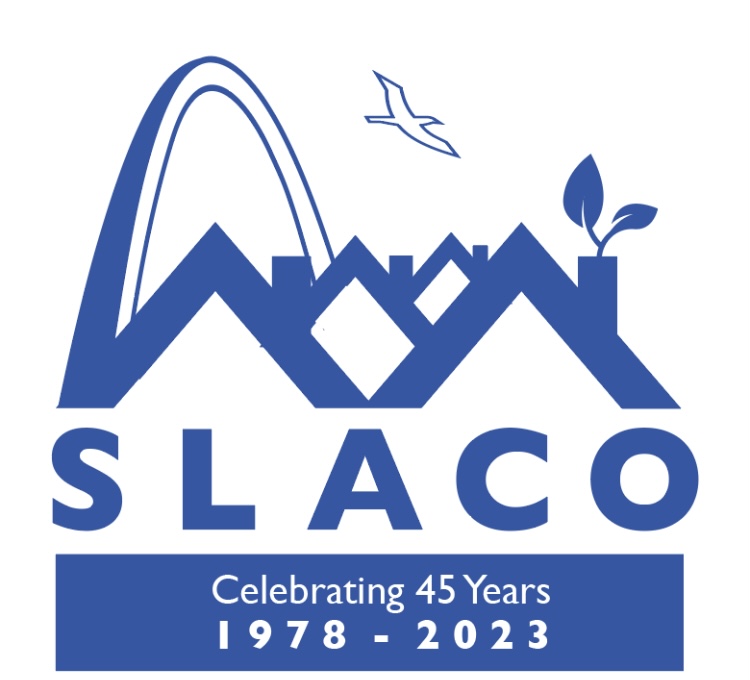Vacancy Approaches Seen as Critical to the Success of Neighborhoods
The scourge of vacancy in St. Louis developed over many years for many reasons and needs a variety of approaches and time to address it.
Vacant properties pose many problems, including:
- Attracting crime causing an increase in the number of police and fire calls
- Decreasing property values and reducing the city’s tax base
- Increasing insurance costs
- Loss of population
- Taking a human toll
Vacancy by the Numbers
What are Vacant Properties?
Vacant properties are residential, commercial, or industrial abandoned buildings and unused lots. Fundamentally, vacant properties are costly and wasteful. These properties strain both local government resources and neighborhoods. The harm extends beyond St. Louis boundaries.
Vacant Properties in St. Louis
Because St. Louis is a shrinking city, it has struggled for decades with vacant properties. The Shrinking Cities International Research Network (SIRN) defines a shrinking city as a densely populated urban area with population losses for more than two years. Since hitting its peak in the 1950s, St. Louis has had a steady population decline.
How Do Vacant Properties Impact St. Louis Neighborhoods?
Vacant properties pose a threat to neighborhood stability and public services. The most obvious victims of vacant properties are neighboring owners. Suffering from deferred maintenance, these properties bring down surrounding property values. Maintaining vacant property is costly to an already unstable city tax base – placing a financial burden on all taxpayers. Vacant lots and buildings must be maintained to correct issues posing a threat – all at a substantial public cost.
Unless St. Louis can do something to change the current population trend, vacant properties will continue to be a problem that continues to grow.
Public Policy and Legal Systems
Properly addressing the scale of vacant properties in St. Louis requires a closer look at governing and legal systems as well as knowing how to maneuver through the process. The city of St. Louis controls about 11,000 vacant properties; The Land Reutilization Authority (LRA) receives title to all tax-delinquent properties not sold at the Sheriff’s sale. It also receives title to properties through donations. The real estate department maintains, markets, and sells these properties and performs land assemblage for future development.
What is SLACO Doing?
The SLACO Vacancy Committee is convening a diverse group of stakeholders and playing a strategic and intentional role in reshaping methods for dealing with vacant properties in residential neighborhoods in a holistic way.
Want to bring your skills and voice to the Vacancy Committee? Contact SLACO Vacancy Committee Co-Chairs George Jones and Eltoreon Hawkins at vacancy@slaco-mo.org or 314-361-9406.
Resources:
Letter on Vacancy from SLACO Board President Sundy Whiteside
Land Bank Assessment prepared for the U.S. EPA


Recent Comments